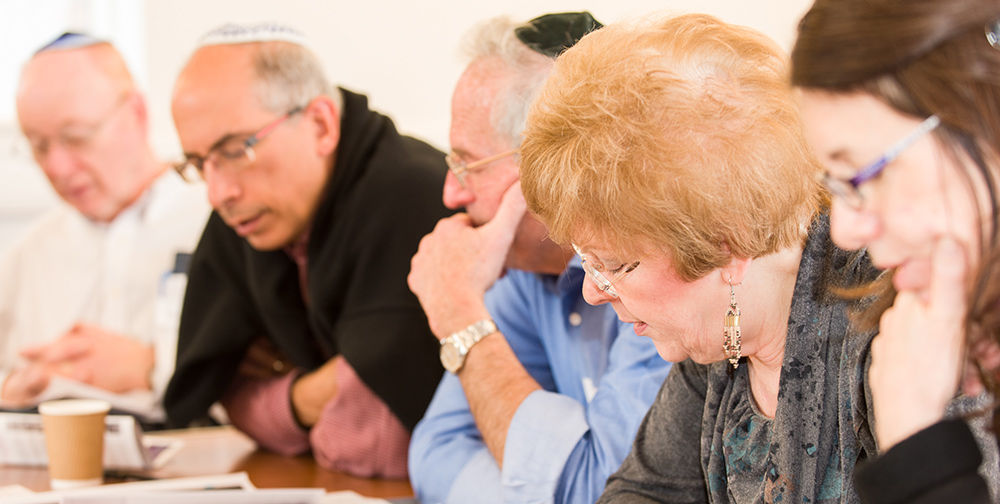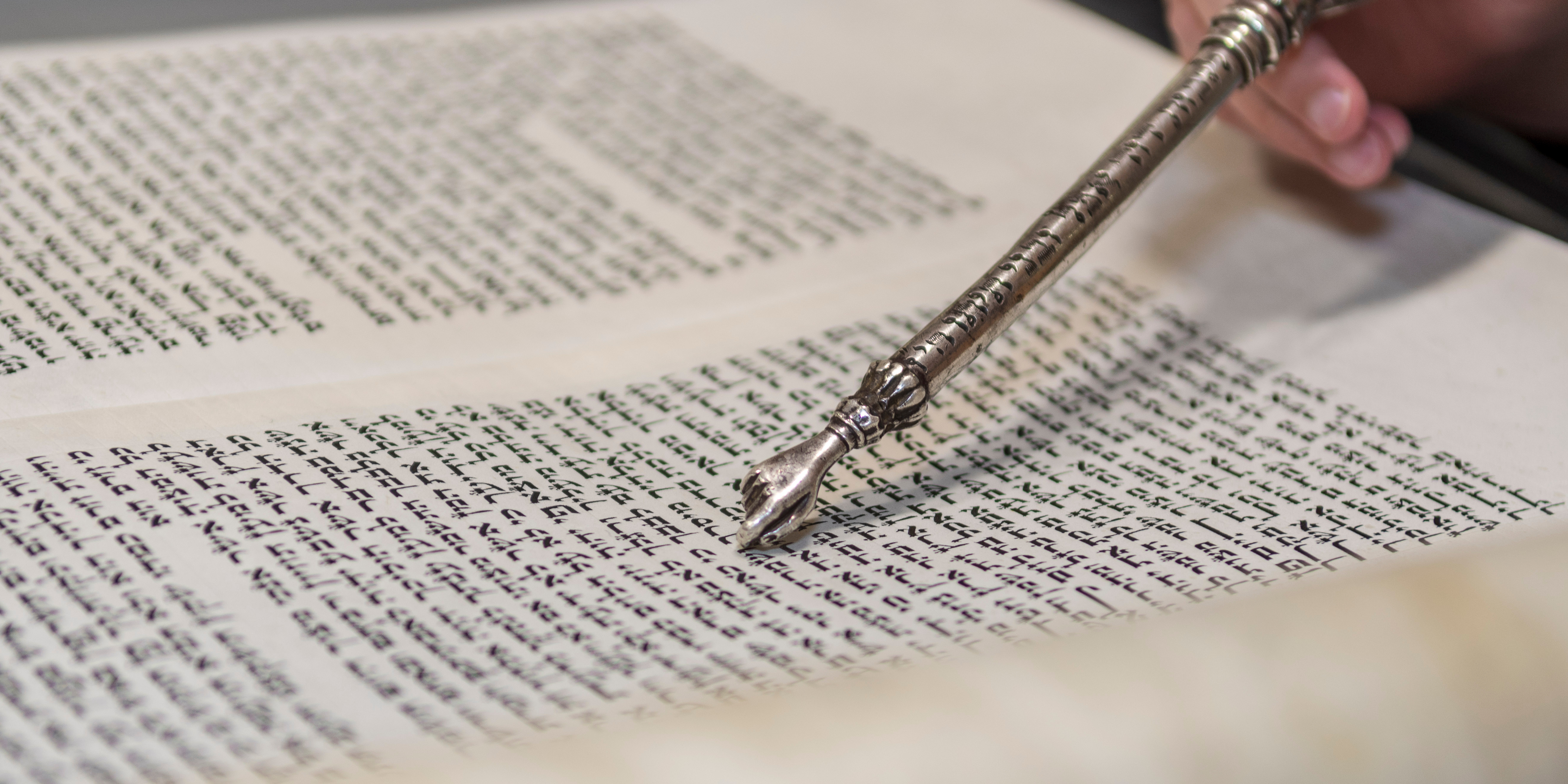Beyond the Objects: A History of Jewish Tradition and Jewish Life – My Kiddush Cup

In many ways, my kiddush cup is quite ordinary.
It’s made of silver, as most kiddush cups are, quite plainly adorned with a simple floral pattern around the lip. It was given to me and my wife when we got married over seven years ago, by a friend that we sadly don’t see very much of these days. And in the intervening years I didn’t use it much at all. You see, I have another cup which holds a lot more significance for me, as it is engraved with my initials and my date of birth – a gift for me when I was a baby. But about a year ago it started leaking wine through a hole in the base and so I don’t use it any more, and this other, more ordinary cup has become the one I use most Shabbatot.
The cup itself may be quite ordinary, but the process of using it regularly for kiddush has made it something more, and I’ve come to start thinking of it with more affection. After all, the act of making kiddush over a cup of wine is all about sanctification, about declaring that this day is special and different from all other days, that this is a day set apart from the rest of the week. On Friday evening we declare that ‘God blessed the seventh day and made it holy” (Genesis 2:3), as we parallel that divine act with a sanctification of our own, making a blessing over a full cup of wine or grape juice.
This act of Kiddush is an essential part of our Shabbat observance, forming the hub of our meals. Until you say kiddush on Friday night, or Saturday morning, traditionally you don’t eat or drink anything else. Only through this act of recognising the holiness of God, and taking part in that sanctification ourselves, are we allowed to enjoy our food. Through its use in our family rituals, this fairly normal cup, without much story or history to it, has taken on new meaning as ‘our kiddush cup’, and I could not now imagine using it for anything else.
This idea of sanctity is enshrined in the halacha. Rabbi Avraham Danzig (1748-1820) writes in his work Chayei Adam (the life of a person), about tefillin bags:
“It is forbidden to change something from a stronger holiness to one which is lesser… a bag made specially for tefillin, once you put your tefillin in it even once, it is forbidden to use it for anything else (Chayei Adam 14:21).”
Once you use a bag to put your tefillin in, you imbue it with a degree of holiness. You look at it differently – it is no longer just a small bag, but it has become a tefillin bag, something special, something dedicated to its own, higher, purpose. I don’t think of holiness as being intrinsic to the object but rather as concerned with how we relate to it. Treating the bag itself as important elevates the status of the tefillin themselves – to use that bag in the future for your camera instead, is to devalue the tefillin, and make them seem less important.
This is what the idea of kiddush is all about – the transformation of the everyday mundane reality into something special and holy through the power of thought and intention. You change the status of an object without in fact changing it at all, by thinking about it in a different way, putting it into a different mental category. Or to put it another way, the idea of kiddush is to recognise something of the inherent sanctity that is present in all things, and to bring that aspect to the forefront of your mind.
In Lurianic Kabbalah, emerging from Tzfat in the 16th century, when God created the world God began by creating vessels and poured the divine energy, God’s shefa, into them. But physical reality is not perfect and could not contain that energy. The vessels shattered into shards of broken clay,klipot, filling the universe with rubbish. But hidden among the refuse, the world is full of divine sparks of holiness. Most of the time the klipot hide those sparks from us – we get bogged down in mundane details of simply living our lives, or lost in the dirty realities of being limited, physical creatures. Yet sometimes, we can pierce through that outer shell and discover moments of beauty, transcendence, and holiness. Moments when our daily grind falls away and we realise the beauty of existence, the great joy of love or companionship, the blessing of breathing. Our duty in the world is to seek out those sparks that are present in all things, all situations, and to elevate them back to the source of all holiness, to the Holy Blessed One; to find the potential in every moment to serve God, and improve the world. To see how every cup, could be a kiddush cup.
My kiddush cup is quite ordinary. It is, like everything else, a potential source of divine light and holiness.
Rabbi Roni Tabick is the rabbi of New Stoke Newington Shul and the assistant rabbi of New North London Synagogue. He was ordained this summer at the Jewish Theological Seminary in New York and has just moved back to the UK with his wife, Shoshana, and his two daughters to begin working in the Masorti community of the UK.



